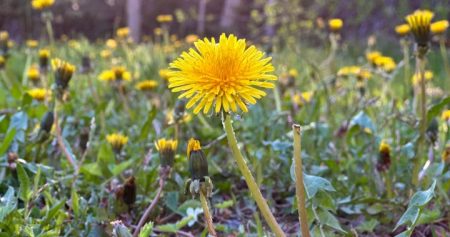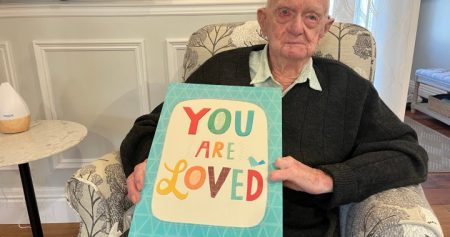Red Dress Day in Canada is a day dedicated to raising awareness of Missing and Murdered Indigenous Women, Girls, and Two-Spirit people in the country. The event serves as a day of observance and education, with the color red symbolizing the spirits of those who have gone missing or been murdered. Angela Jaime, the Vice-Provost of Indigenous Engagement at the University of Saskatchewan, described the issue as an “epidemic,” highlighting the disproportionate risk Indigenous women face in Saskatchewan. Minister Responsible for the Status of Women Office Laura Ross emphasized the importance of prevention in ending gender-based violence, while Minister Responsible for First Nations, Métis and Northern Affairs Don McMorris expressed the government’s commitment to addressing the issues raised in the Final Report of the National Inquiry into Missing and Murdered Indigenous Women and Girls.
Lori Whiteman, who played a role in tailoring the response fund criteria, shared her personal connection to the issue as her mother is a missing woman. She discussed how colonization has contributed to many of the challenges faced by Indigenous communities, including the high rates of missing and murdered individuals. Whiteman highlighted the importance of having conversations between Indigenous peoples and the RCMP, stating that Red Dress Day helps move discussions in the right direction. She emphasized the resilience of Indigenous communities in the face of adversity and encouraged support for those impacted by missing and murdered Indigenous women, girls, and Two-Spirit people through a dedicated support line.
The government of Saskatchewan has taken steps to address the issue of Missing and Murdered Indigenous Women and Girls, with the Minister Responsible for First Nations, Métis and Northern Affairs citing support for 23 projects through the MMIWG community response fund. The commitment to addressing the issues raised in the Final Report of the National Inquiry into Missing and Murdered Indigenous Women and Girls was reiterated. Minister Responsible for the Status of Women Office Laura Ross highlighted the importance of ongoing discussions to prevent interpersonal violence in the province, emphasizing the need for continued dialogue and action to address gender-based violence.
Angela Jaime underscored the urgency of drawing attention to the epidemic of missing and murdered Indigenous women, pointing out that Indigenous women in Saskatchewan are 19 times more likely to go missing or be murdered than others. Red Dress Day serves as a powerful symbol to honor the spirits of those who have been lost and to create a safer environment for Indigenous communities. Jaime emphasized the need to put an end to thoughtless murders and disposals of Indigenous women, stressing the importance of raising awareness and taking action to stop these tragedies from occurring. The day of observance and education aims to shed light on the systemic issues that contribute to the disproportionately high rates of missing and murdered Indigenous women, girls, and Two-Spirit people.
Lori Whiteman reflected on the impact of colonization on Indigenous communities, highlighting how historical injustices have contributed to the devaluation of lives and the prevalence of substance abuse and alcoholism. Despite these challenges, Whiteman emphasized the resilience of Indigenous peoples and the importance of coming together on Red Dress Day to have meaningful conversations. She shared her personal story of being the first mother in her family to raise her own children, illustrating the intergenerational impact of missing and murdered Indigenous women. By acknowledging the pain and trauma that Indigenous communities have endured, Whiteman emphasized the importance of dialogue and support in addressing the ongoing issue of MMIWG.















